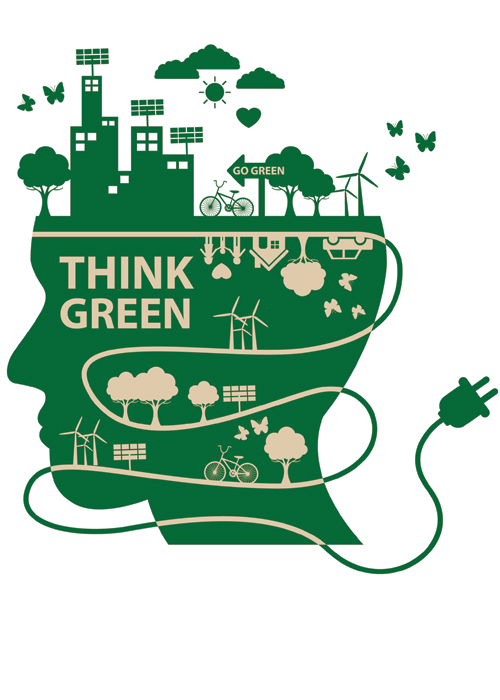
Natural Stone.
A natural fit for green building.
Green building reduces the negative impact that building has on the environment and on the health of those involved. Current building methods rely too heavily on water use, gas emissions, electricity consumption and waste output. In order to decrease costs and to be good stewards of the Earth, Halquist Stone has invested a lot of time and effort to understand how natural stone can be eco friendly and cost effective.
Stone is a natural fit for green building for several reasons:
• Natural product with enduring life
• Linked to improved indoor air quality and contributes to energy
efficiency
• 100% recyclable (whatever is not used is ground up for AgLime for
fertilizing farmland)
Quarry reclamation is another way quarries show dedication to being green. This practice consists of turning the used extraction site into an environmentally friendly area by restoring trees, grasses and other plants to create a suitable wildlife habitat.
Halquist Stone Company strives to reduce our environmental impact wherever possible. We will continue to produce zero excess process materials and to maintain our current waste inventory. As such no excess process materials or solid stone waste is produced at the following facilities: Hamilton Quarry, Ideal Quarry, Lannon Quarry, Chilton Quarry and the Chilton processing facility. Public repair goals of waste to landfills in annual yards are the following: Chilton Processing of 72 yards, Chilton Quarry 24 yards, Hamilton Quarry of 0 yards, Ideal Quarry 24 yards and Lannon Quarry 24 yards.
Our goal at Halquist Stone is also to reduce air emissions by reducing idle time of equipment.
Energy Management Program
Halquist goal is to reduce diesel fuel consumption by 5% annually. Our diesel usage for 2023 was the following:
Chilton Quarry 43,453.64 gallons
Chilton Processing 7,588.89 gallons
Hamilton Quarry 47,032.00 gallons
Ideal Quarry 20,013.48 gallons
Lannon Quarry 13,964.83 gallons
The LEED® (Leadership in Energy and Environment Design) Green Building Rating System is the most widely used rating system for green building. This system defines standards for environmentally responsible, healthier, and more profitable structures, and awards points to new construction and major renovation projects in five categories:
- Sustainable Sites
- Water Efficiency
- Energy & Atmosphere
- Materials & Resources
- Indoor Environmental Quality
For more information on Leed® credits, please visit the U.S. Green Building Council
at www.usgbc.org.